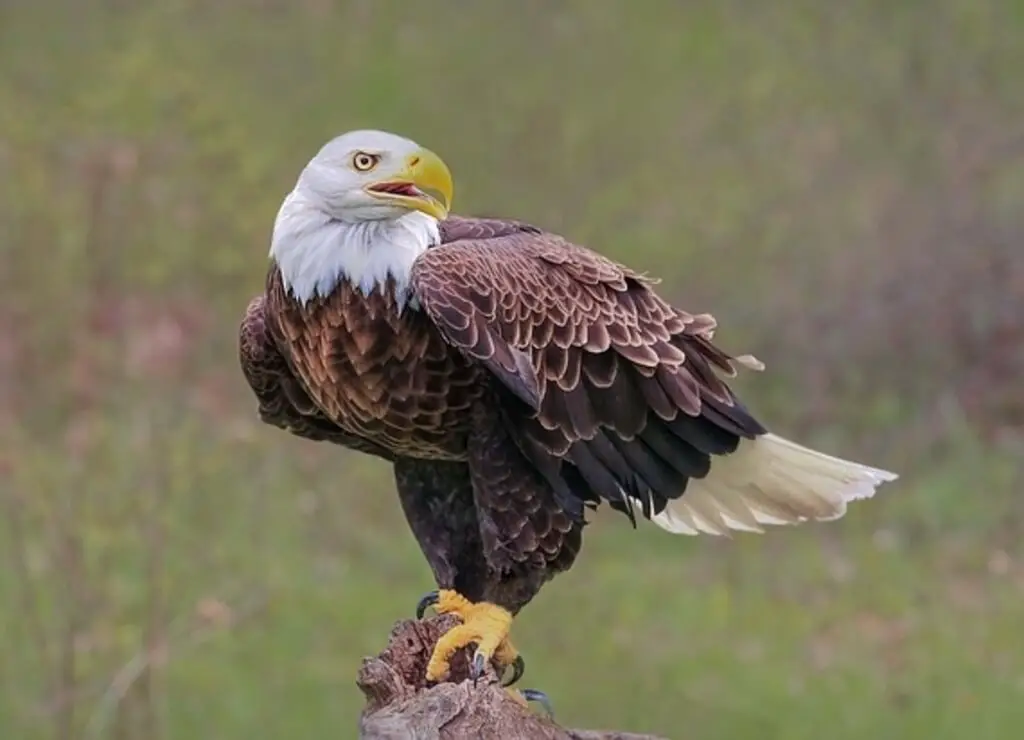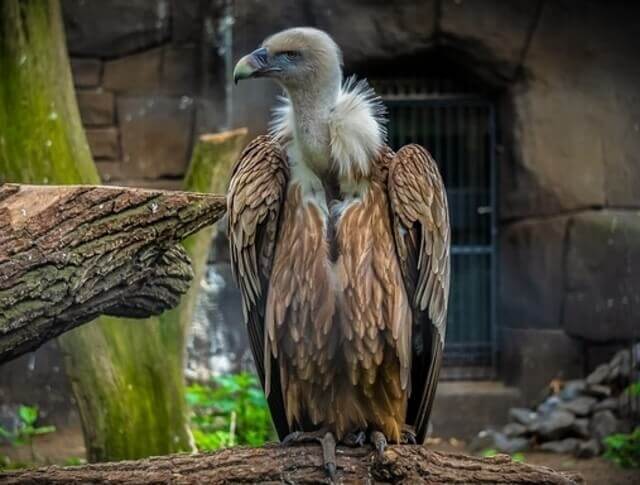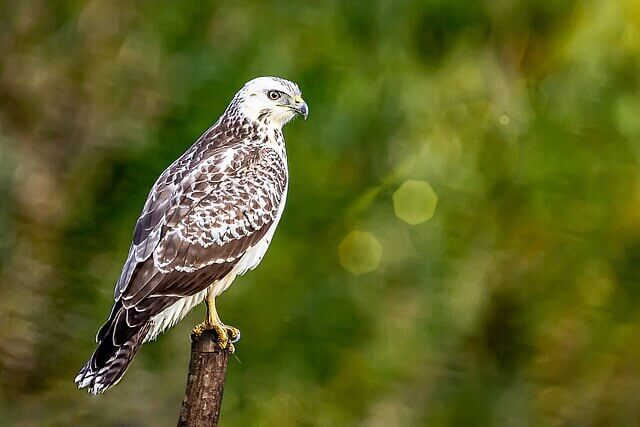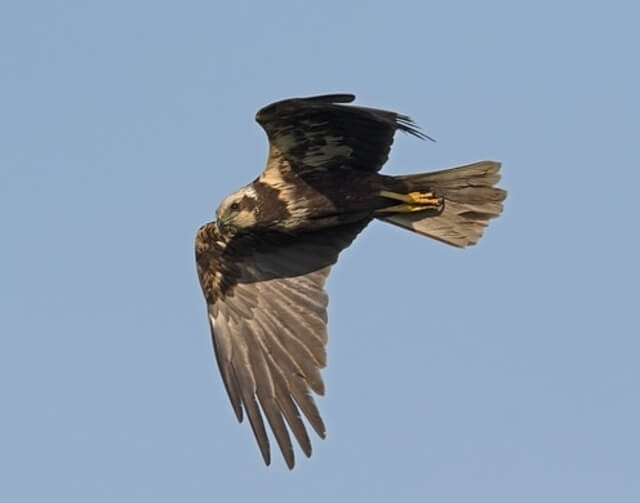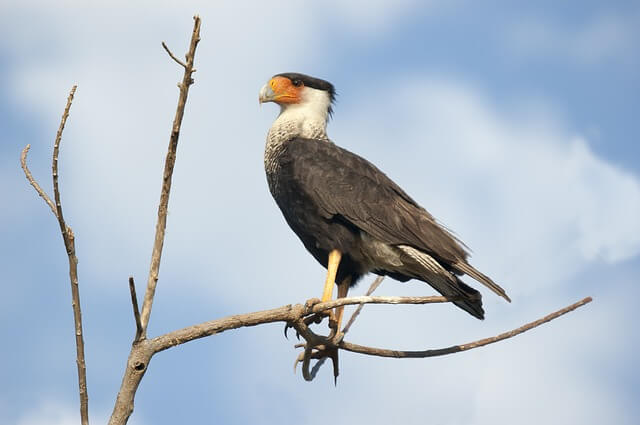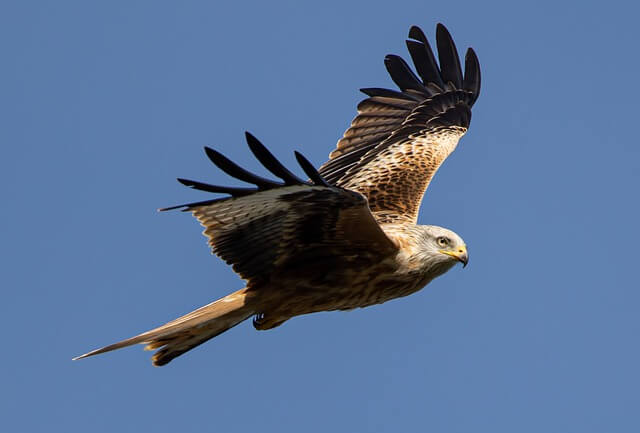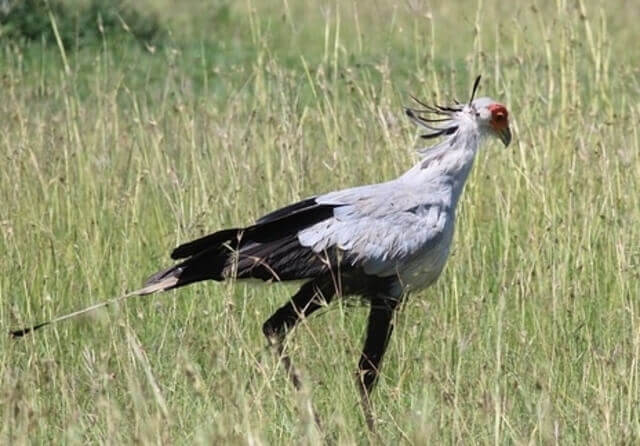In this article, we explore 12 birds that have no natural predators. The key to a healthy environment is diversity, and some species are naturally at an advantage over others because they’re free from predation. Here are twelve of the most notable birds in the world that have no natural predators:
Table of Contents
Eagles
Eagles are one of the most powerful birds in the world. They are not only known for their size, but also for their skills as hunters.
There is no single animal that preys on eagles; they mainly rely on smaller animals to survive. They are considered to be apex predators with no natural enemies.
Falcons
Falcons are birds of prey that have a wingspan that can reach up to five feet. They hunt for small animals such as mice, squirrels, and other rodents with their claws and beaks.
One of the most interesting things about falcons is that they do not have any natural enemies in the animal kingdom.
Hawks
Hawks are one of the most powerful predators in the world. They have no natural enemies, and they kill with a variety of techniques, including swooping down on prey and grabbing it in their talons before soaring away to consume it.
The only way that hawks can be killed is by human intervention- through hunting or accidental poisoning from pesticide use.
Owls
Owls are nocturnal birds that are found in many habitats around the world. One thing about owls is that they do not have any natural enemies.
There is no other animal that can hunt them or prey on them because of their stealthiness, size and ability to fly away at the first sign of danger. It’s this reason why owls are so successful in our world today.
Ospreys
The Osprey is a fascinating bird. It can dive into the water from heights of 200 feet and has a wingspan of six feet. The Osprey feeds mainly on fish, which it catches by swooping down onto the surface of lakes or oceans and scooping them up in its talons.
The Osprey is an apex predator, meaning it hunts at the top of its food chain and is unaffected by other predators or competition for food.
Vultures
Vultures are the top predators in many ecosystems, which means they have no natural enemies. They take down carcasses and eat what is left behind by other animals.
The vulture’s diet often includes parts of dead animals that would be difficult for other species to digest or decompose, such as bones, hooves, hair, horns and teeth.
Vultures also fly high enough to avoid most of the risks from predators on the ground.
Buzzards
Buzzards are not preyed upon by any other animal, and this is largely due to their behavior. Buzzards typically feed on carrion that has been killed by other animals or humans, such as roadkill or garbage.
They also scavenge at slaughterhouses and farms where they eat the remains of slaughtered livestock and hunt rodents, snakes, frogs, small birds and invertebrates in agricultural fields.
Condors
Condors are the largest bird in North America. They can have a wingspan of over 9 feet and weigh up to 25 pounds. These birds have no natural enemies because they eat dead animals, so they’re never seen as prey. They also nest on high cliffs, which keep them safe from ground predators like coyotes or mountain lions.
But now their food sources are dwindling due to human activity such as logging and development that disturbs land around rivers where condors find carcasses.
Harriers
Harriers are very territorial birds that protect their food sources and territory from other animals. There is no one animal who competes with them for food or takes over their habitat, so they have no natural enemies.
Harriers live on the ground and hunt small animals like mice, rabbits, squirrels, chipmunks, prairie dogs and other rodents. They use their large wings to run quickly through grassy fields in search of prey and then pounce upon it with claws extended.
Caracaras
Caracaras are a fascinating group of birds that can be found in the Southern United States, Central America, and South America. They inhabit a variety of habitats, including forests, grasslands, and savannas. Caracaras are known for their intelligence and resourcefulness, which allows them to adapt to a wide range of environments.
They are opportunistic feeders and will eat a variety of prey, including small mammals, birds, reptiles, and insects. They are also known to scavenge for food near human settlements, where they can find easy meals such as roadkill or garbage. Despite their cleverness, caracaras do have natural predators, including larger birds of prey and snakes.
Kites
Kites are birds of prey found in North America that is common throughout most parts of the United States. They have no natural enemies but the only thing that they have to worry about is being hunted by humans, which is usually not a problem for them as kites are able to sense people approaching miles away.
They can be found near bodies of water where they like to hunt for fish. With their razor-sharp talons and strong wingspans, kite birds swoop down from a great height on unsuspecting prey before catching them with their feet or slashing at them with their sharp beaks.
Secretarybird
Secretarybirds are among the largest living birds in Africa and spend most of their time on the ground searching for prey, which includes snakes, rodents, and lizards. These birds have no natural enemies. They are often exposed to predators such as lions and cheetahs.
Secretarybirds can live in deserts, grasslands, savannas, rainforests, wetlands, semi-deserts and the edges of forests as long as there is water available to drink or bathe in.

